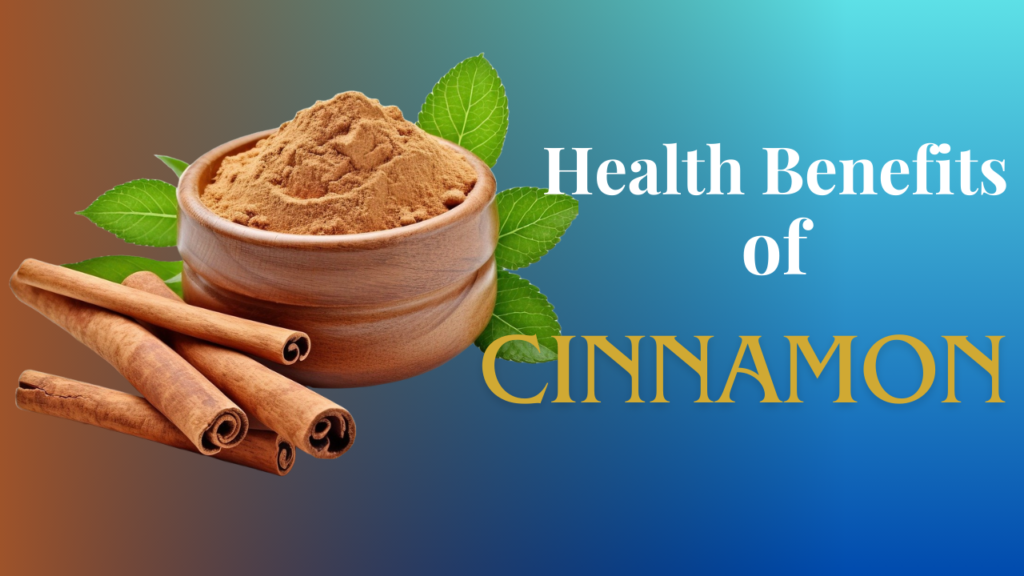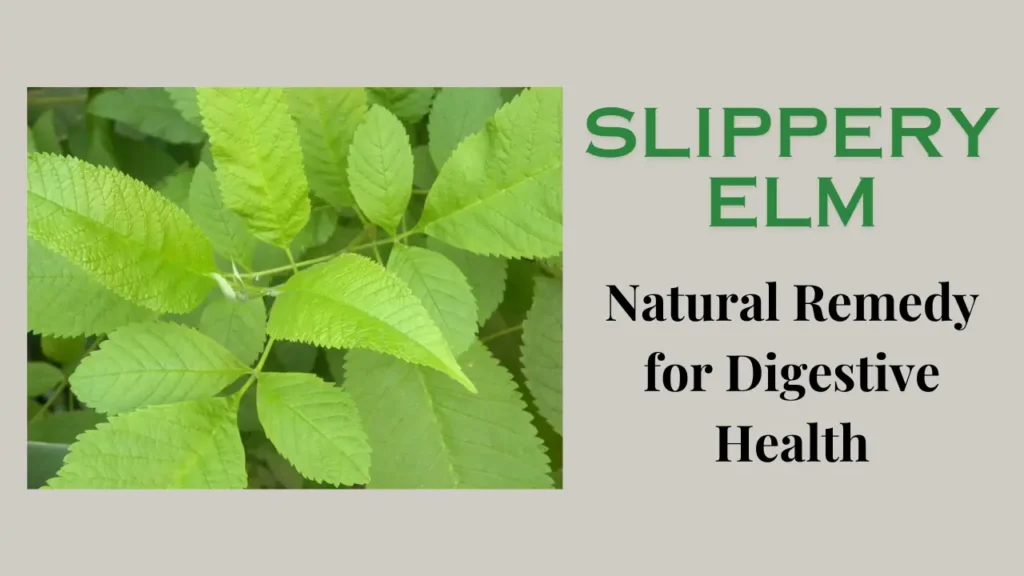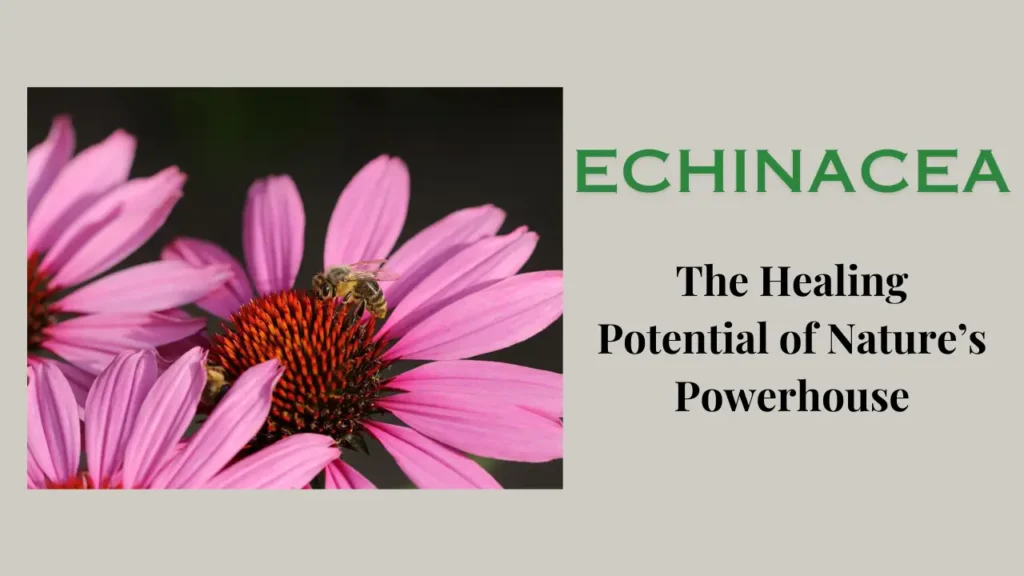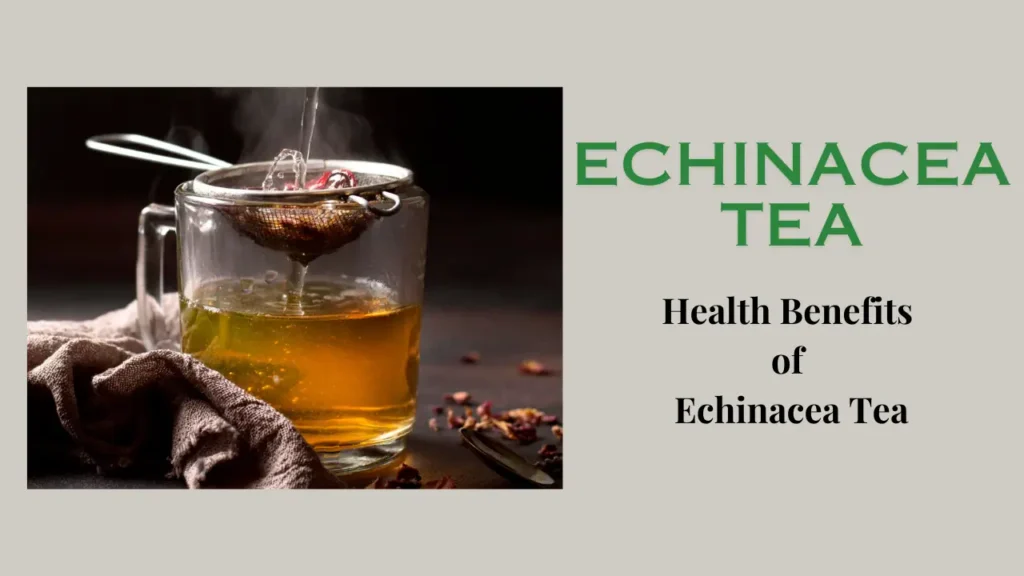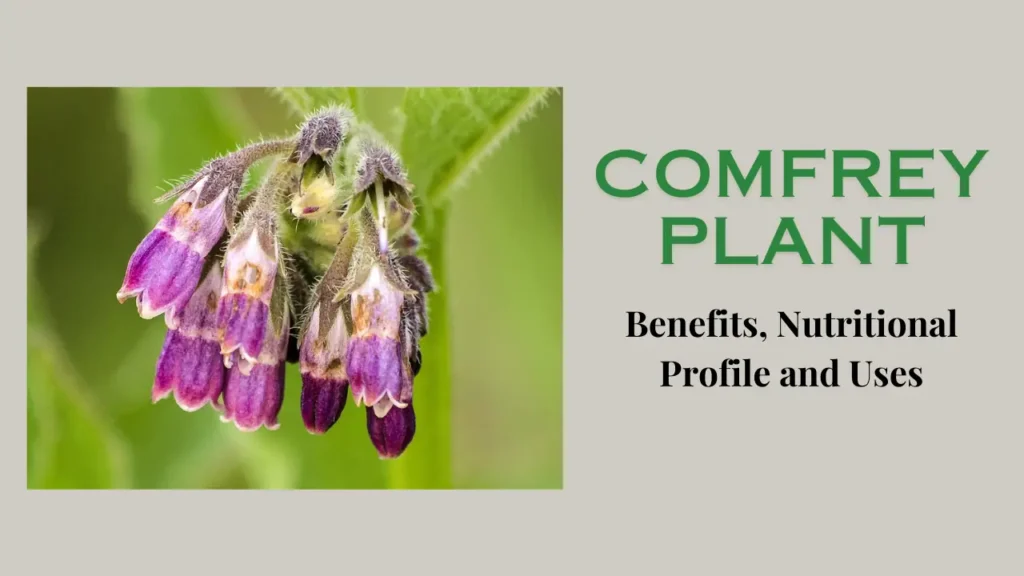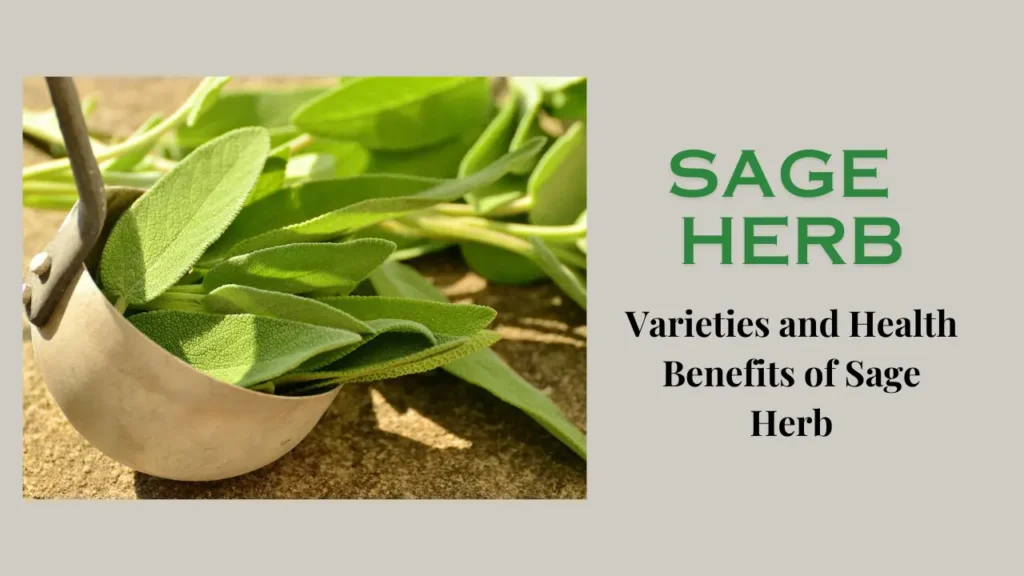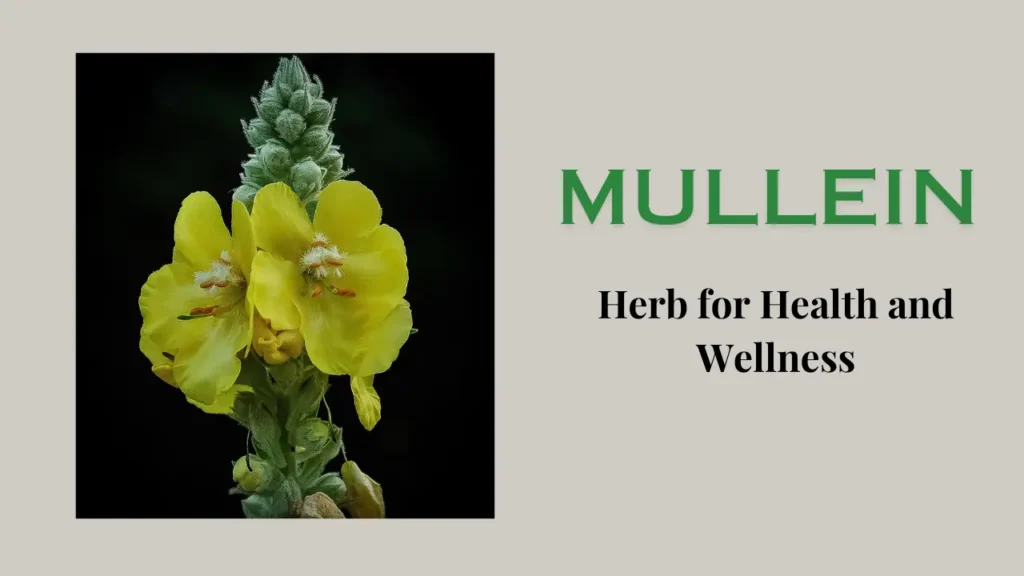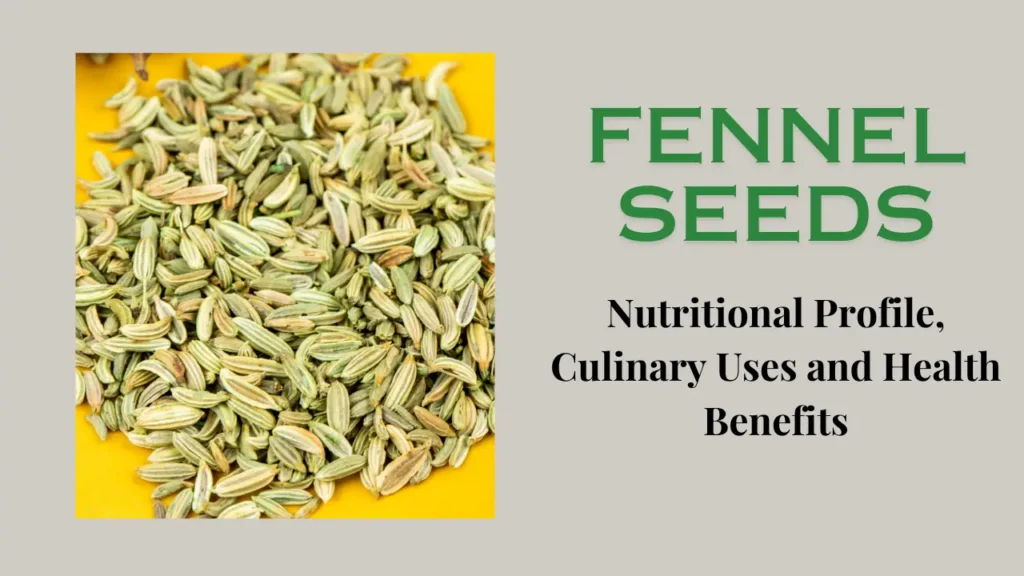Many plants grow in desert areas. Such plants adapt to harsh conditions like high temperatures, low water availability, and high sunlight. Many medicinal plants are also included in these plants. Let us know about some such medicinal plants that grow well in desert areas:
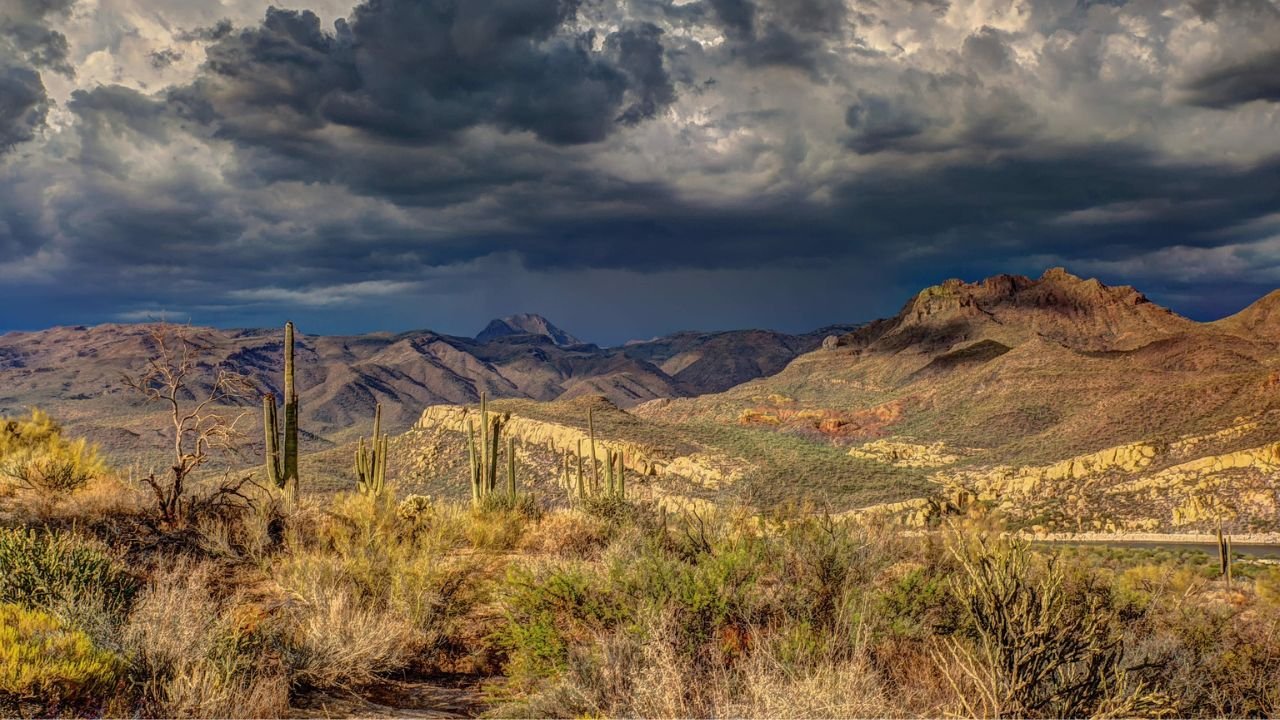
Table of Contents
Aloe Vera (Aloe barbadensis miller)
- Medicinal Uses: Aloe vera is known for its soothing properties. The gel extracted from it is used to treat burns, cuts, and skin irritations. It also has many other properties such as anti-inflammatory and antimicrobial properties.
- Growing Conditions: Aloe vera thrives in hot, dry climates and well-drained sandy soil. It requires minimal water and plenty of sunlight to grow well.
Jojoba (Simmondsia chinensis)
- Medicinal Uses: Jojoba oil is extracted from jojoba seeds and is used in skincare products for its moisturizing and healing properties. It can also be used to treat skin diseases like eczema and psoriasis.
- Growing Conditions: Jojoba is originally found in desert climates and can tolerate high temperatures and low water conditions. It grows well in sandy and well-drained soil.
Desert Sage (Salvia dorrii)
- Medicinal Uses: Desert sage has antimicrobial and anti-inflammatory properties, so it can be used in topical applications to treat colds, coughs, and skin problems.
- Growing Conditions: This plant thrives in dry, rocky soil and requires full sun. It is drought-tolerant and is well suited for desert climates.
Agave (Agave spp.)
- Medicinal Uses: Agave sap is used as a natural sweetener. It has traditionally been used for its antibacterial and anti-inflammatory properties. Agave is also used to make tequila.
- Growing Conditions: Agave requires arid and semi-arid regions to thrive. It also needs well-drained soil and full sunlight.
Ephedra (Ephedra sinica)
- Medicinal Uses: Ephedra is known for its stimulant properties. It can be traditionally used to treat asthma, colds, and allergies. However, it should be consumed with caution because of the many potential side effects that can be seen.
- Growing Conditions: Ephedra requires a desert climate with sandy, well-drained soil to grow. It also needs full sunlight to grow.
Prickly Pear Cactus (Opuntia spp.)
- Medicinal Uses: The pads and fruit of the prickly pear cactus are used for their anti-inflammatory and antioxidant properties. They may help manage blood sugar levels and treat digestive problems.
- Growing Conditions: This cactus requires arid and semi-arid regions to thrive. It also needs well-drained soil and full sunlight. It is a highly drought-resistant plant.
Creosote Bush (Larrea tridentata)
- Medicinal Uses: Creosote bush has antimicrobial and anti-inflammatory properties. It has been used traditionally to treat infections, respiratory problems, and skin conditions.
- Growing Conditions: This plant thrives in desert environments with well-drained, sandy soil. It requires full sunlight to thrive.
Conclusion
These plants are suitable for desert conditions. All these plants have various medicinal applications, and they have become a valuable part of traditional and modern herbal medicine practices.
Remember, before starting any new wellness regimen, it’s always best to consult with a healthcare professional to ensure it is suitable for your specific needs and circumstances.

